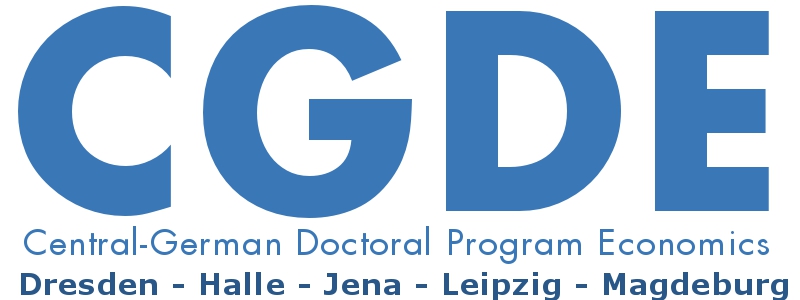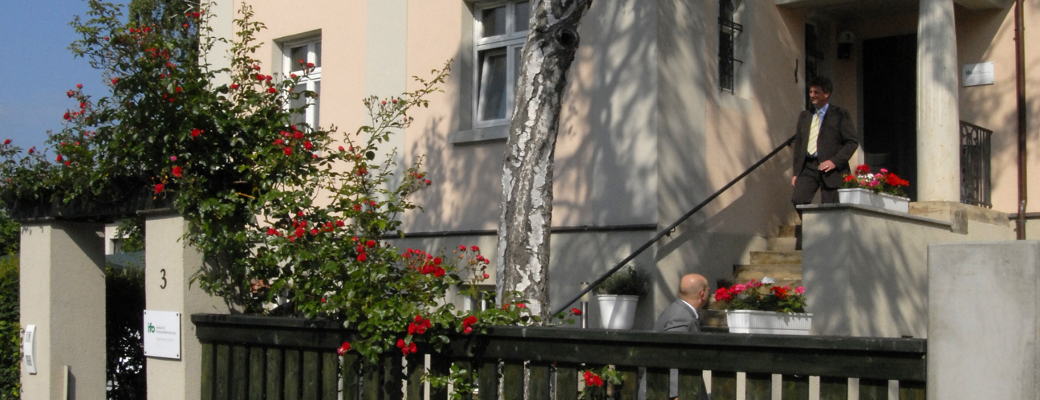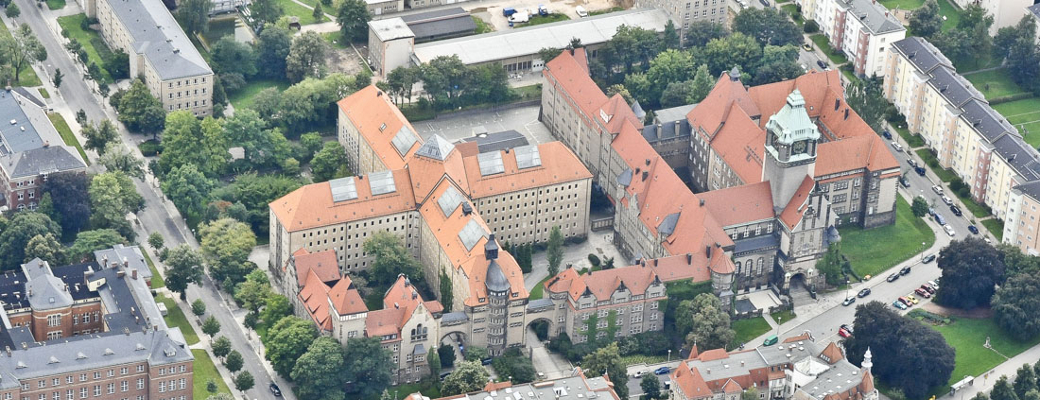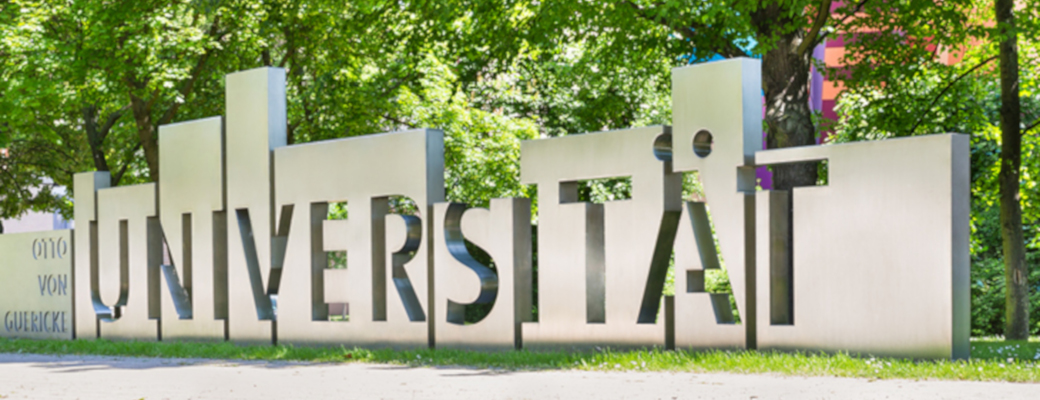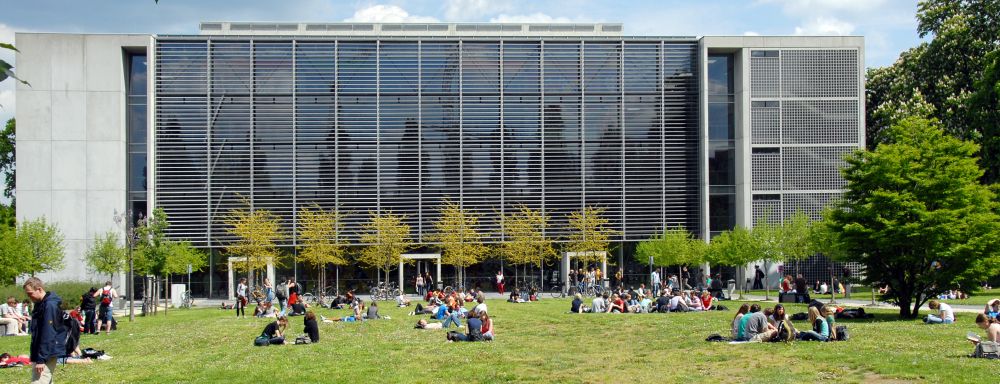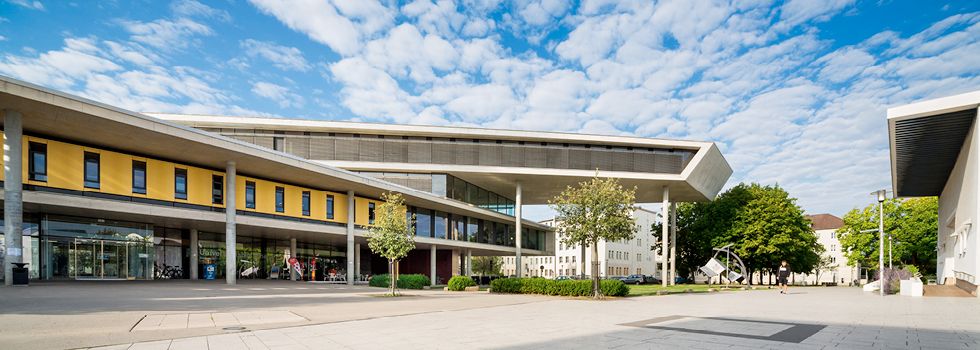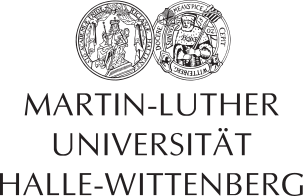Computable OLG Models
Lecturer: Prof. Dr. Burkhard Heer
Date: November 24, 2014 – November 28, 2014
Teaching Language: English
Total Lecture/Lab Hours: 24
Venue: University of Leipzig, Wirtschaftswissenschaftliche Fakultät, Grimmaische Str. 12, Institutsgebäude, Room I 411 (4th floor)
Registration: until November 1, 2014 via email: sprenger@wifa.uni-leipzig.de
Course Description
The course studies the computation of general equilibrium models with finite lifetime with the help of numerical methods. The programming language will be GAUSS. At the end of the course, the student should be able to write his/her own programs in order to solve OLG models.
Prerequisite
1. Macroeconomics (Introduction to the Ramsey model and the Overlapping Generations (OLG) model)
2. Computer programming, e.g. GAUSS, FORTRAN, MATLAB, or C++ (preferably GAUSS, GAUSS Light is available here: Win32, Win64 and Mac.)
3. Participants have to bring their own laptops
Outline
1. Introduction to the 2-Period OLG Models: Competitive Equilibrium, Existence, Stability, and Pareto-Optimality
2. Solving Non-Linear Equations Numerically
2.1. Applications: Transition Dynamics and Reverse Shooting
3. Extensions of the 2-Period OLG Model
3.1. Altruism
3.2. Growth
4. The Role of Social Security in Capital Accumulation
5. Large-Scale OLG Models (with 60 Periods)
5.1. Setting up a Large-Scale Model
5.2. Solution Methods: a) Dynamic Programming, b) Broyden’s Algorithm
5.3. Application: A Model of the Demographic Transition
6. Debt
6.1. Ricardian Equivalence
6.2. OLG Model with Debt
Readings
[1] Heer, B., and A. Maußner, Dynamic General Equilibrium Modeling: Computational Methods and Applications, 2nd ed., Springer, Chapter 9, Chapter 11.3.1 and 11.5
[2] Blanchard, O.J., and S. Fischer, Lectures on Macroeconomics, MIT Press, Chapter 3.1 and 3.2
[3] Judd, 1998, Numerical Methods in Economics, MIT Press, Chapter 10.6 and 16
Supplementary Readings
[1] Dynan, Skinner, Zeldes, 2002, The importance of bequests and life-cycle savings in capital accumulation: A new answer, American Economic Review, vol. 92(2), 274-78.
[2] Maußner, A., 1994, Konjunkturtheorie, Springer, Chapter B.II.2 on sunspots
[3] Barro, 1974, Are government bonds net wealth?, Journal of Political Economy, vol. 82, 1095-1117.
[4] de Nardi, M., S. Imrohoroglu, and T.J. Sargent, 1999, Projected U.S. Demographics and Social Security, Review of Economic Dynamics, vol. 2(3), pages 575-615
Educational Objectives
The main objective of the course is to enable the students to set up their own OLG models and to solve them numerically.
Teaching Format
The course is based on lectures with computer exercises. Students are requested to participate in discussions and to having read through the reading assignments.
Assessment
Term paper with an OLG model and an accompanying computer program (GAUSS).
